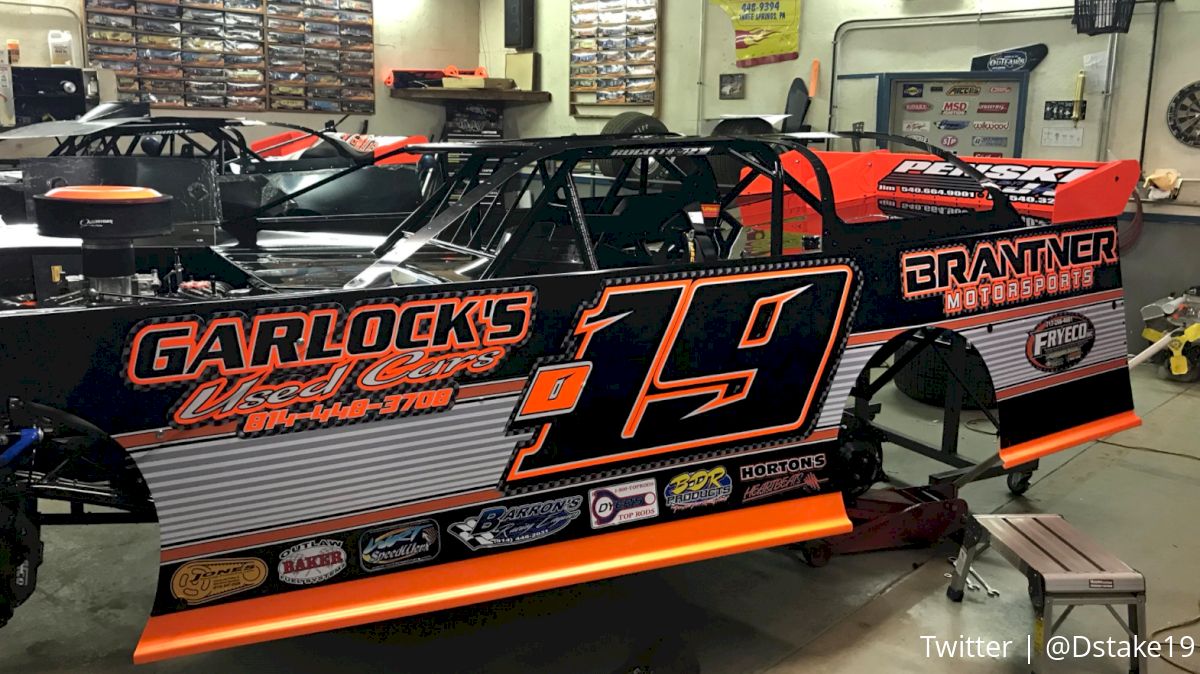East Bay Just One Example Of Where Crates Beat Supers
East Bay Just One Example Of Where Crates Beat Supers
The crate late model class has become a shining example of American motorsports, especially in the southern half of the country.

By Jonathon Masters
The crate late model portion of the Winter Nationals is off and rolling at East Bay Raceway Park in Gibsonton, Florida. The first night of action Thursday saw great competition, with 24 racers making an appearance at the track.
The crate late model class has become a shining example of American motorsports, especially in the southern half of the country.
Introduced fairly recently compared to other racing divisions, the crates have grown to a premier class in many areas and some credit the division with saving many regions.
The guys and girls who were feeling the crunch of rising prices associated with open motor competition were able to keep their cars and equipment and with a swap of a motor were back on the track. What started with a cost-controlling measure has grown into an entire world of great racing, dedicated drivers, and a fantastic fan base.
While the super late models still enjoy a larger variety of high-paying races and packed stands, the crates are making up ground quickly. Just last month, Fastrak announced its world championships at Virginia Motor Speedway would be paying $50,000 as the top prize. The number of $10,000-to-win crate races grows yearly, and the division has now crossed the Mason-Dixon into most of the Midwest and upper Atlantic regions.
While speaking with modified regulars during last week’s modified portion of the Winter Nationals, it came as no surprise that many of the locals were racing with crate motors in their modifieds. Driver Jeff Mathews went on to say, “I do not think there was a local race won last year that wasn’t a crate motor.”
While this wouldn’t be a surprise if it were a crate division they were racing in, it raises an eyebrow when you know that those winners with crate motors were competing against cars with open motors. East Bay is one of those tracks where the surface lends itself to cars with less horsepower.
It isn’t a new or unheard of concept. Tracks around the country that hit that sweet spot of being around a quarter-mile in length with long turns and a slick surface often see drivers using crate motors to their advantage.
When you are racing on dirt you are on a surface that requires racers to find ways to make the most of the horsepower at their disposal. We have created all sorts of crazy and unorthodox suspension configurations, all with the goal of keeping the tires planted as firmly as possible on dirt that gives way, slicks off, and shifts under the tires. Whether it’s the black slick of Brownstown in Indiana or the sandy surface of East Bay, it all relates back to the same thing: Too much horsepower is going to spin your tires and lead to a loss of traction.
How the crate motor can help is in lessening the raw horsepower as compared to an open motor. If there is less force to spin a tire and just enough for the surface, then the result will be better handling race car that uses up less tire and puts you out front. You can only use the amount of motor that your suspension and track surface will allow.
Now this isn’t always the case. Teams in the National Series that do this stuff full-time and have the best technology in the country to work with are still going to find a way to plant enough of their 800 horses to the track to come out ahead of a crate motor. The local and regional racers, however, will not always be able to produce the same results.
On a local Saturday night, you can unload your crate late model next to a competitor with a $45,000 open motor filled with components made of some space-age unobtainium and beat him by a half-second in the night’s A-main event.
Isn’t dirt racing great?